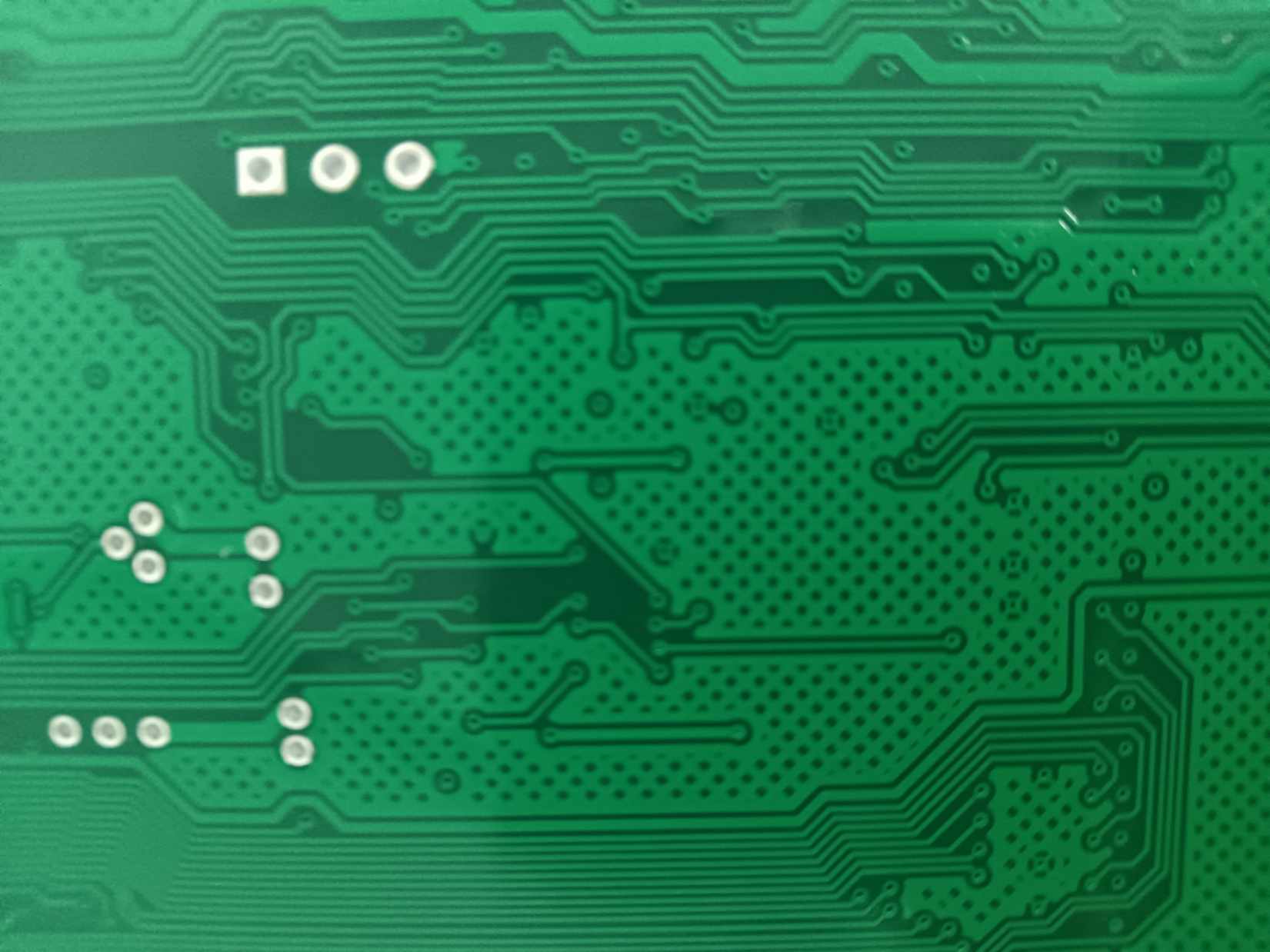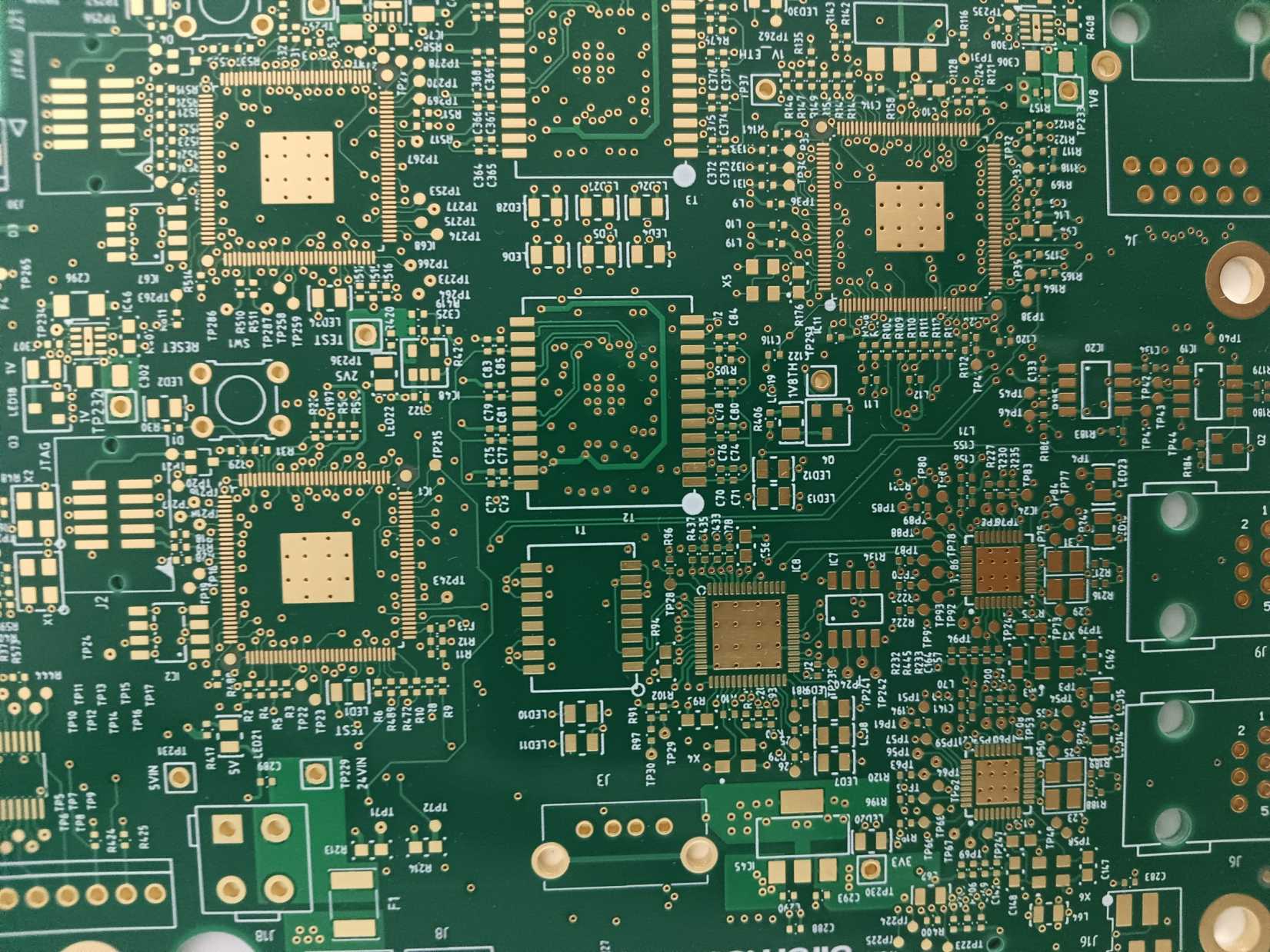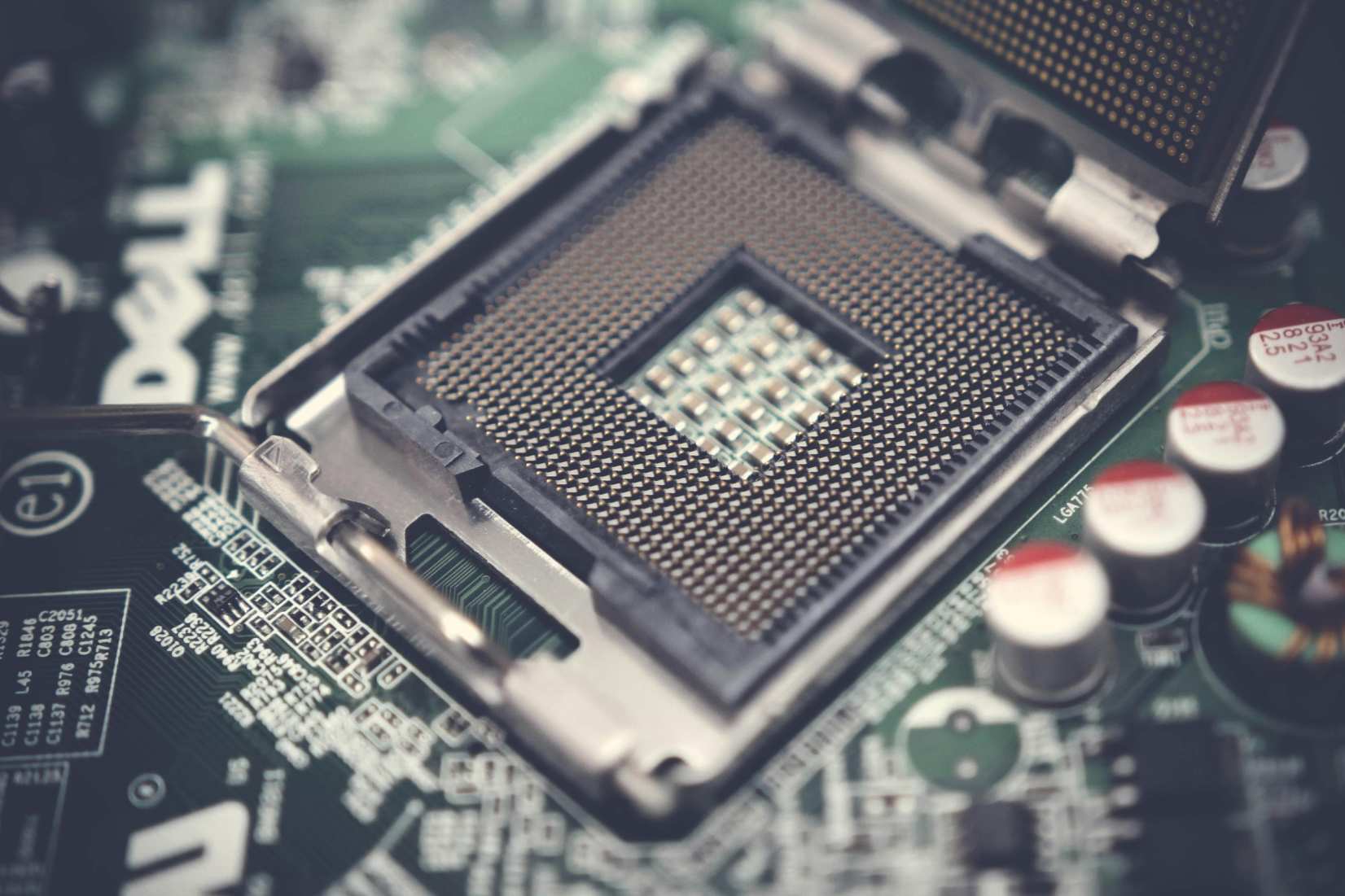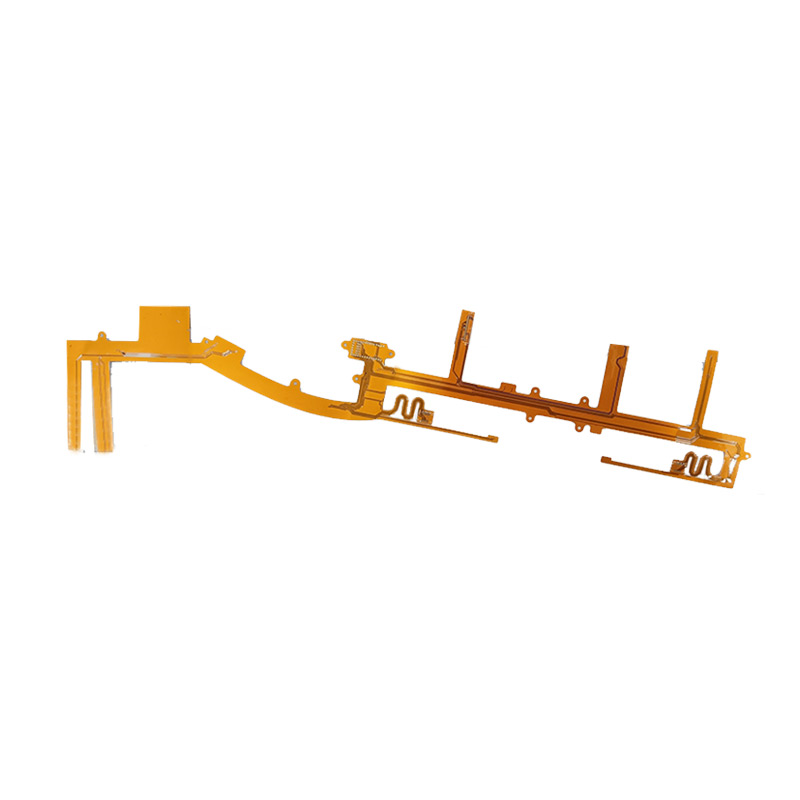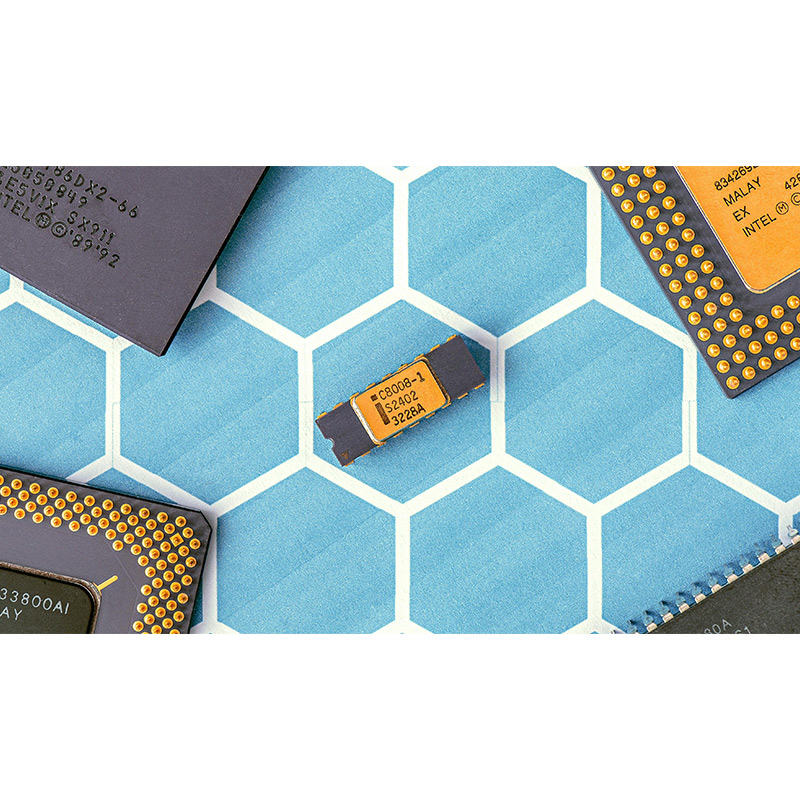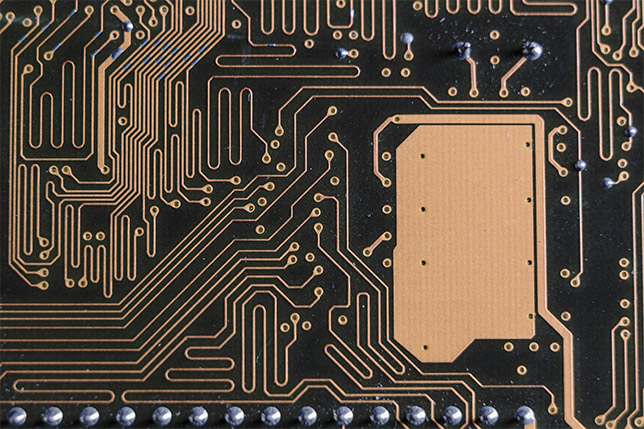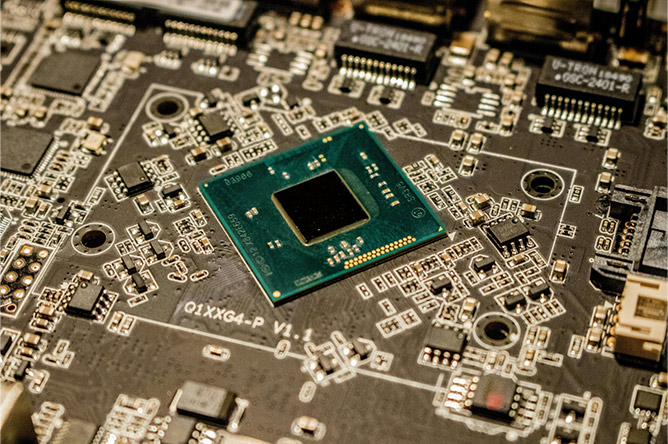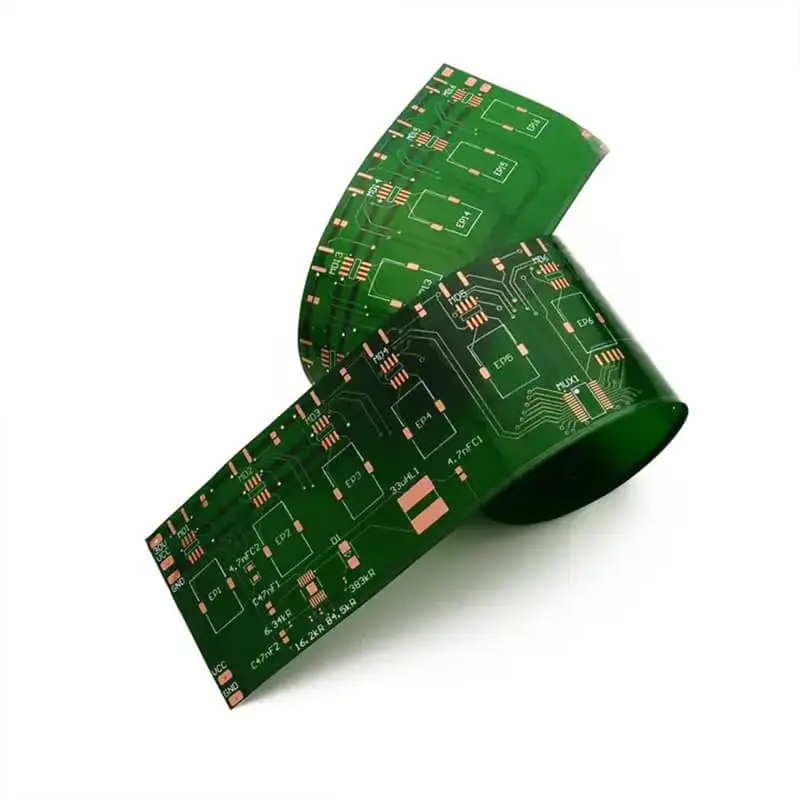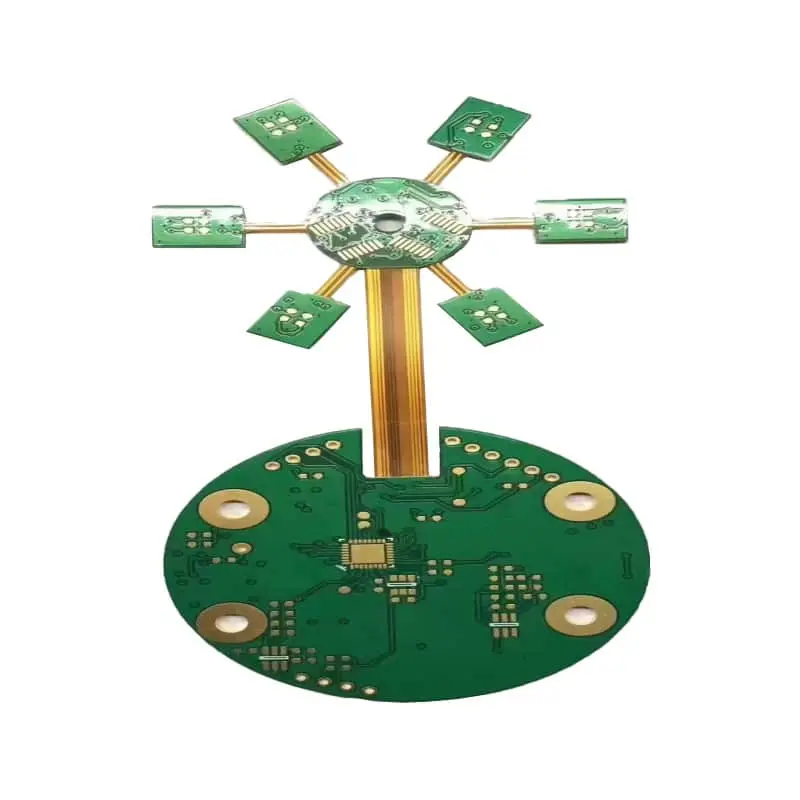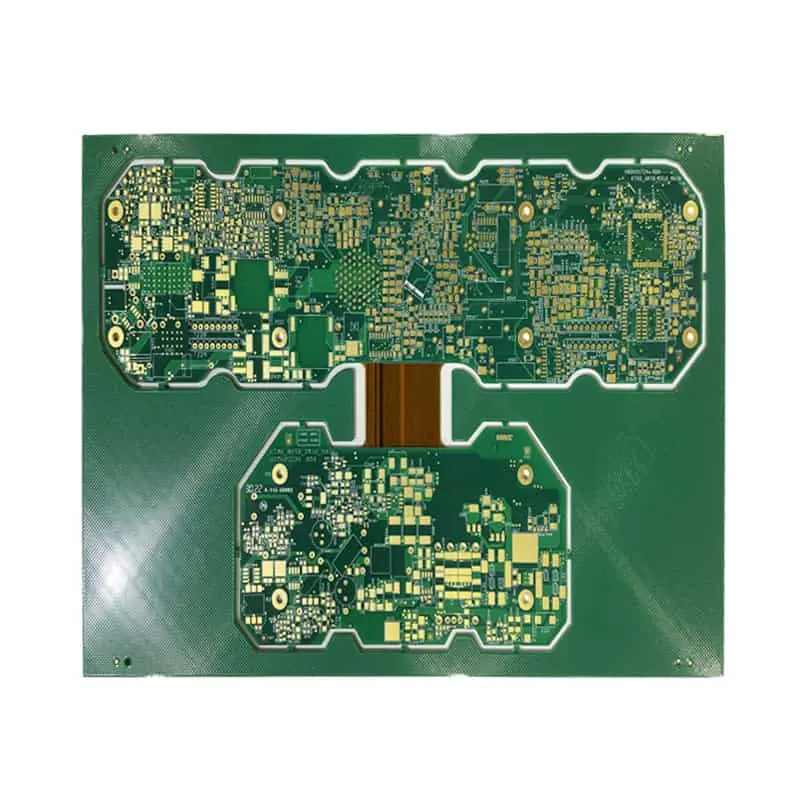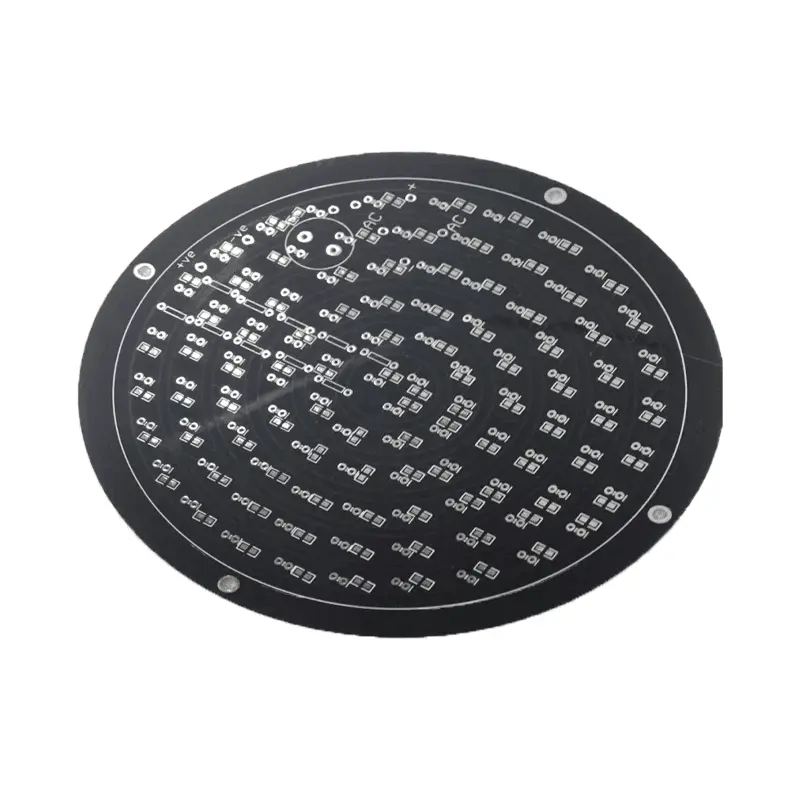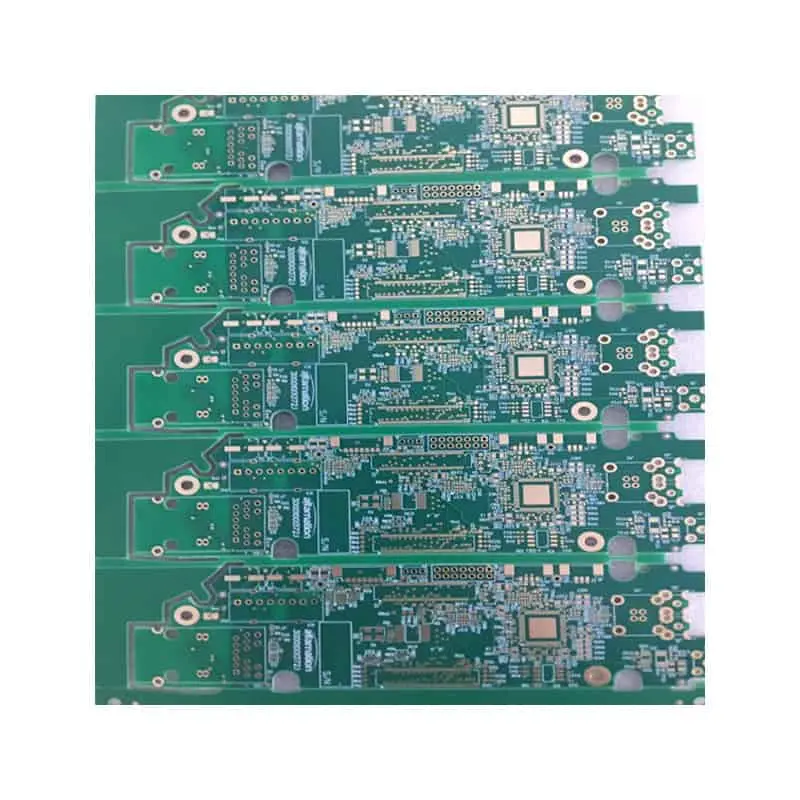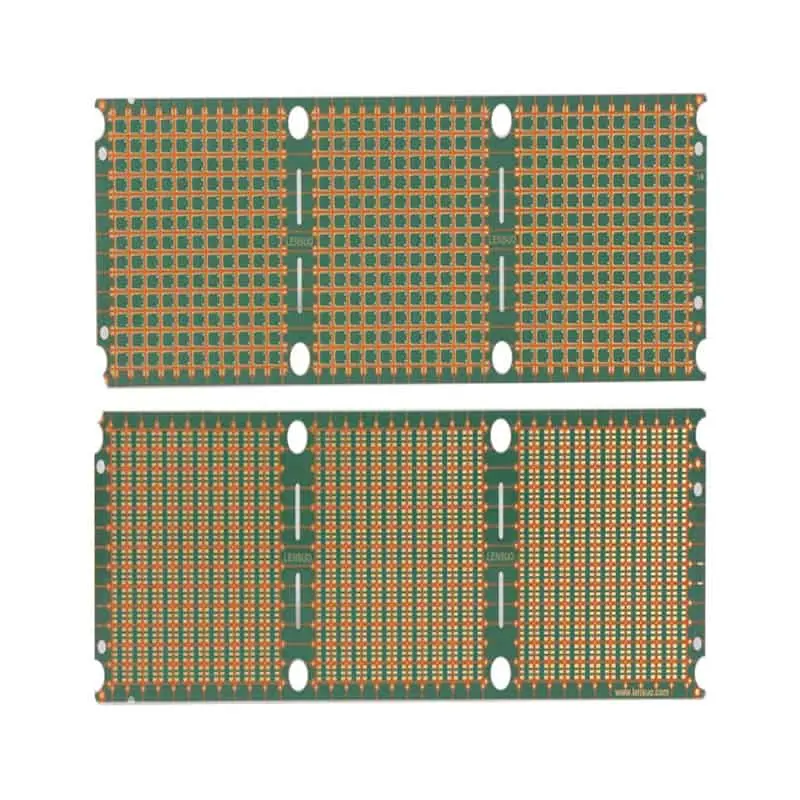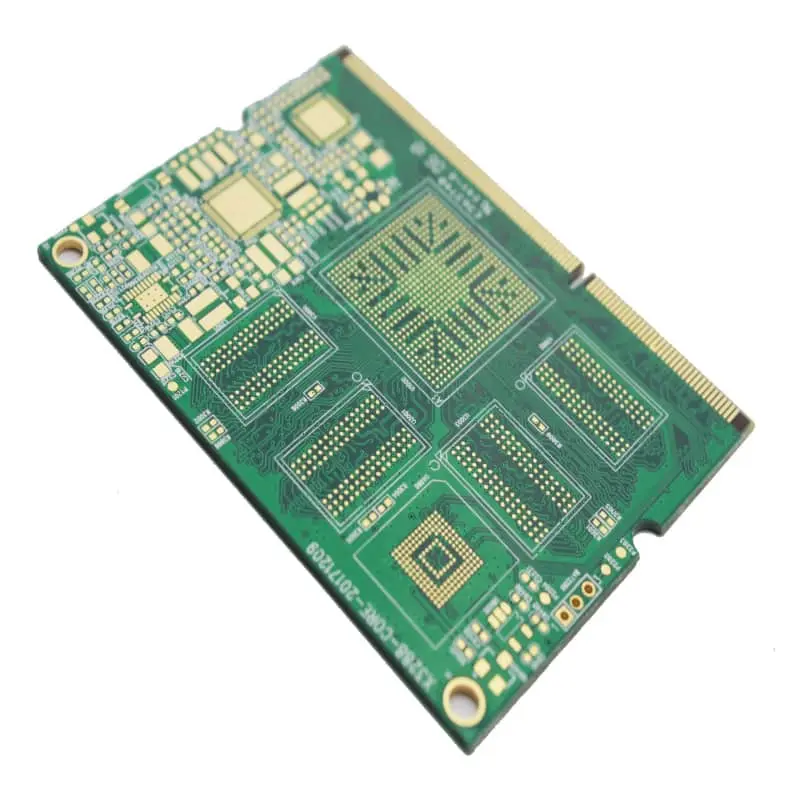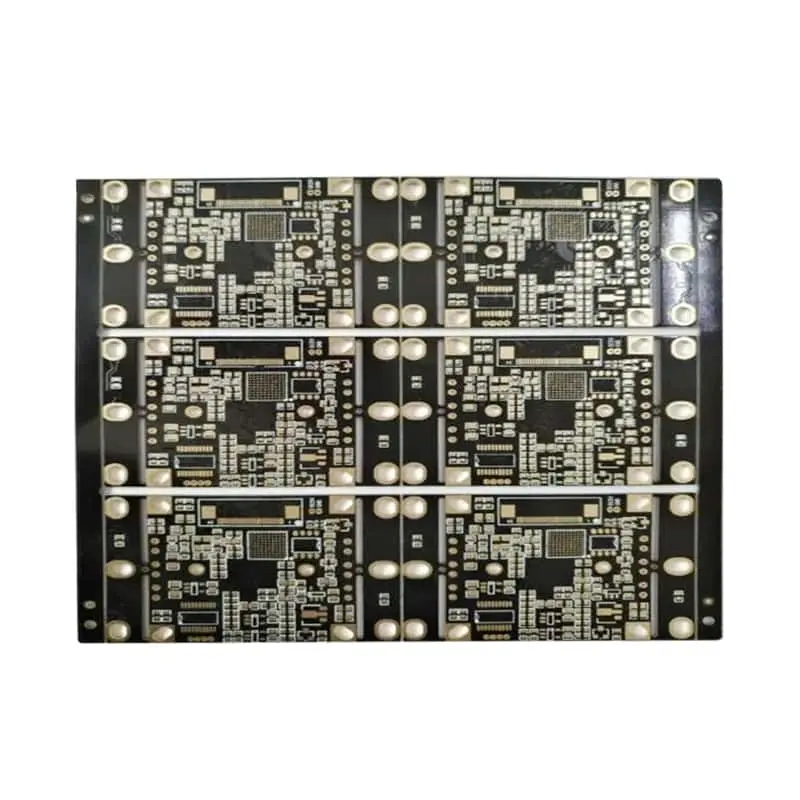Automation has revolutionized industries across the globe, and PCB manufacturing is no exception. The demand for smaller, more complex, and reliable electronics has driven manufacturers to adopt automated solutions to stay competitive.
Among the most critical areas of automation in PCB production are PCB testing and circuit board inspection, which have greatly enhanced manufacturing efficiency, accuracy, and overall product quality.
Importance of Automation in PCB Manufacturing
Automation in PCB manufacturing replaces manual processes, leading to significant improvements in speed, precision, and consistency. While manual testing and inspection are prone to human error and are time-consuming, automated systems offer faster turnaround times with higher accuracy.
Automated PCB testing ensures that each circuit board is functional and meets design specifications before it leaves the factory, while automated circuit board inspection guarantees the integrity of components, soldering, and alignment.
The introduction of automated systems in these areas helps manufacturers meet the growing demand for complex circuit boards in industries like automotive, medical, and telecommunications.
Automated PCB Testing Methods
One of the most common automated testing methods in PCB manufacturing is In-Circuit Testing (ICT). ICT is designed to test for electrical issues such as shorts, opens, and incorrect resistance or capacitance values.
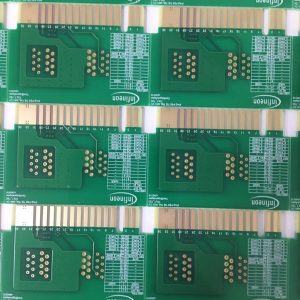
The system uses fixed probes to make contact with specific points on the PCB to verify that each component works as intended. ICT is especially useful for high-volume production lines, ensuring that each board meets stringent quality standards.
Another automated testing method is Flying Probe Testing, which is used when ICT is too costly or not suitable for the design. This technique employs multiple probes that move around the board to test for electrical defects. While slower than ICT, flying probe testing is a cost-effective solution for smaller production runs and prototypes
Automated Circuit Board Inspection
Circuit board inspection is equally important in PCB manufacturing. Automated Optical Inspection (AOI) is a widely used technique that relies on high-resolution cameras to capture detailed images of the circuit board.
For more complex boards, especially those using components like Ball Grid Arrays (BGAs), X-ray Inspection (AXI) is an invaluable tool. AXI allows manufacturers to see beneath the surface of the board, inspecting solder joints and connections that are not visible to the naked eye.
This method ensures the integrity of internal connections and can catch defects early in the manufacturing process.
Benefits of Automation in Testing and Inspection
Automating PCB testing and circuit board inspection has several key advantages:
1. Improved Efficiency: Automated systems work faster than manual processes, allowing manufacturers to increase production speed and reduce time-to-market.
2. Enhanced Accuracy: Automated testing and inspection reduce the risk of human error, ensuring more reliable results.
3. Cost Reduction: Although initial setup costs for automated systems can be high, they ultimately save money by reducing labor costs, minimizing defects, and preventing rework.
4. Consistency: Automated systems provide consistent results across multiple production runs, ensuring that every board meets the same high-quality standards.
Conclusion
Automation plays a vital role in improving the efficiency and accuracy of PCB testing and circuit board inspection. As the complexity of circuit boards increases, automated solutions help manufacturers keep pace with demand while maintaining high levels of quality and reliability.
By embracing automation, PCB manufacturers can enhance their competitiveness and ensure that their products meet the rigorous standards required in today’s fast-paced electronics industry.
